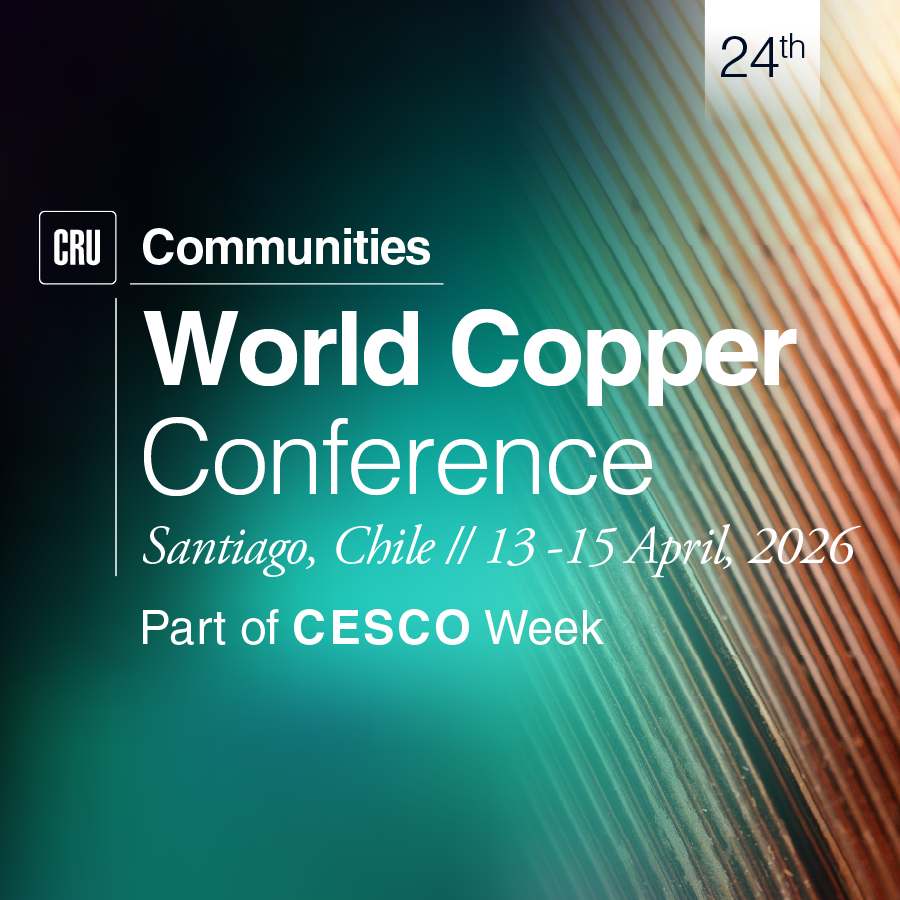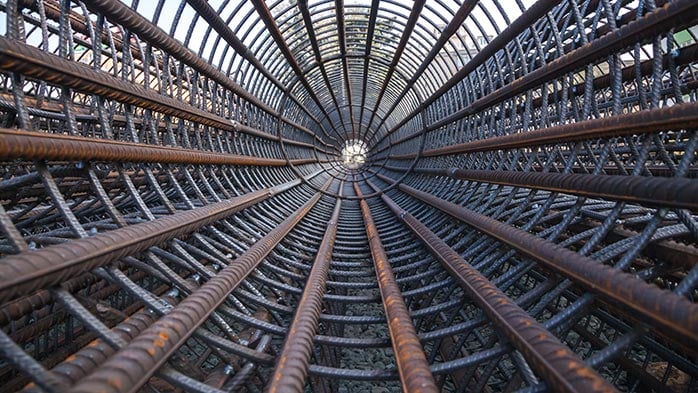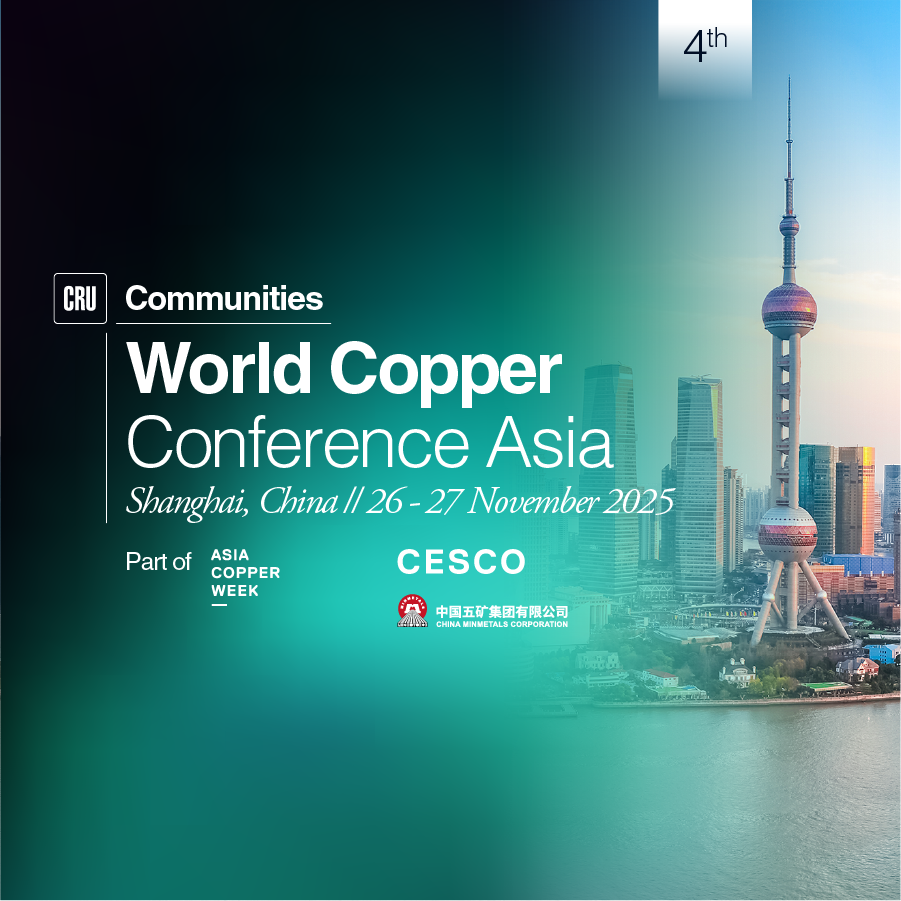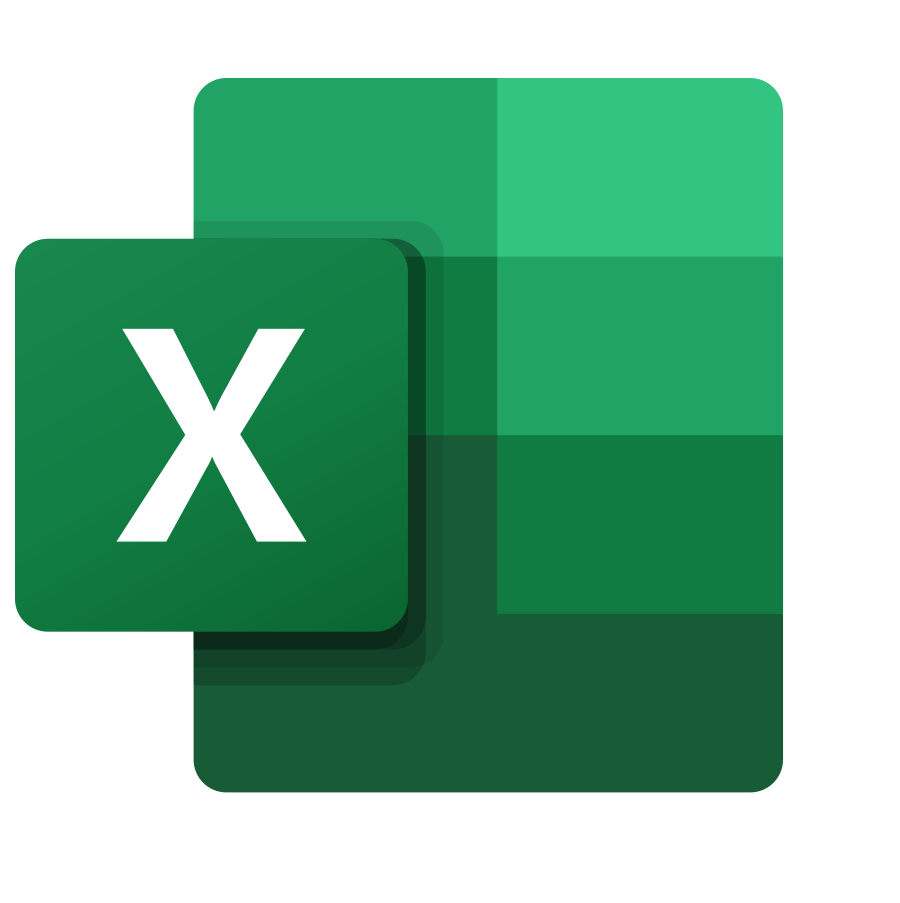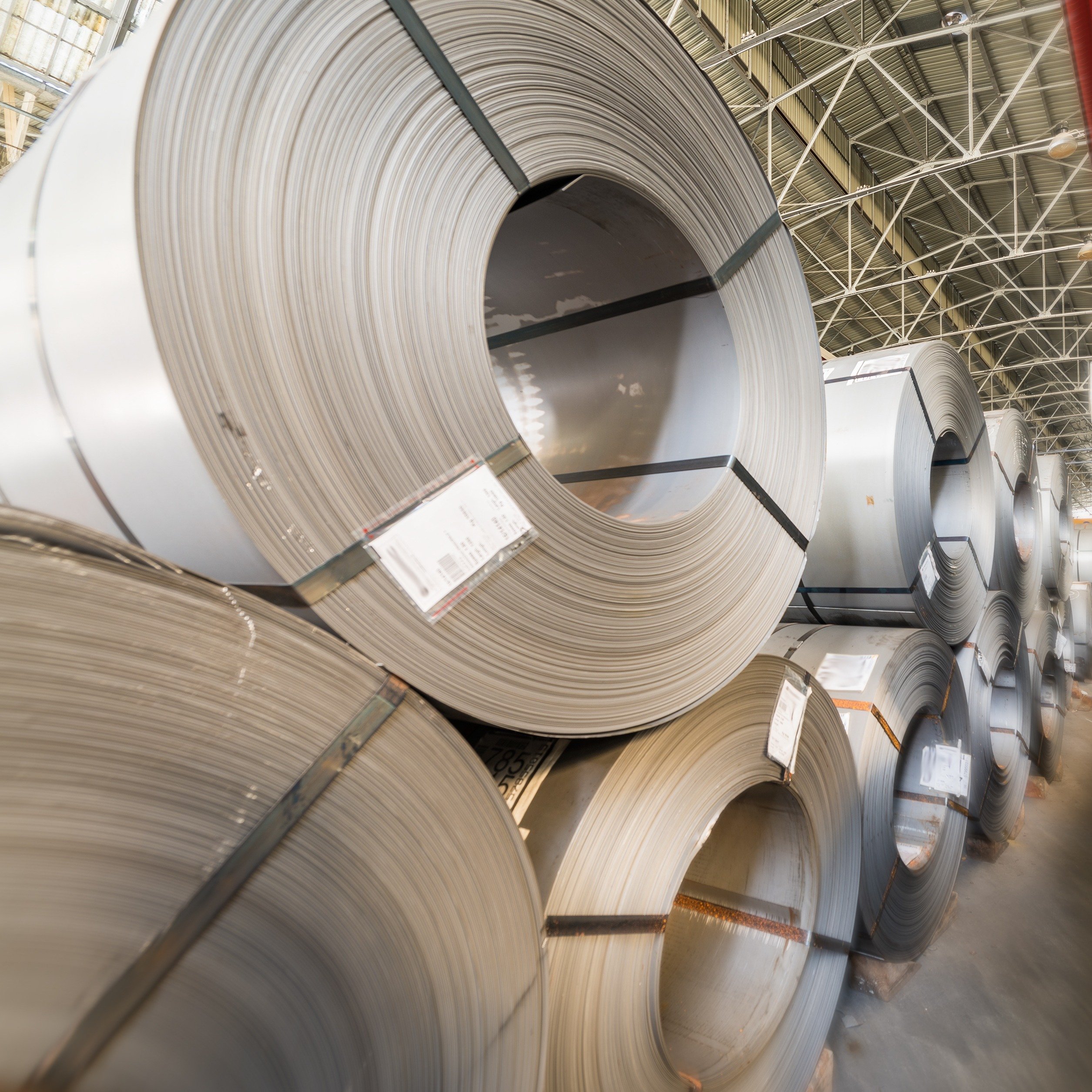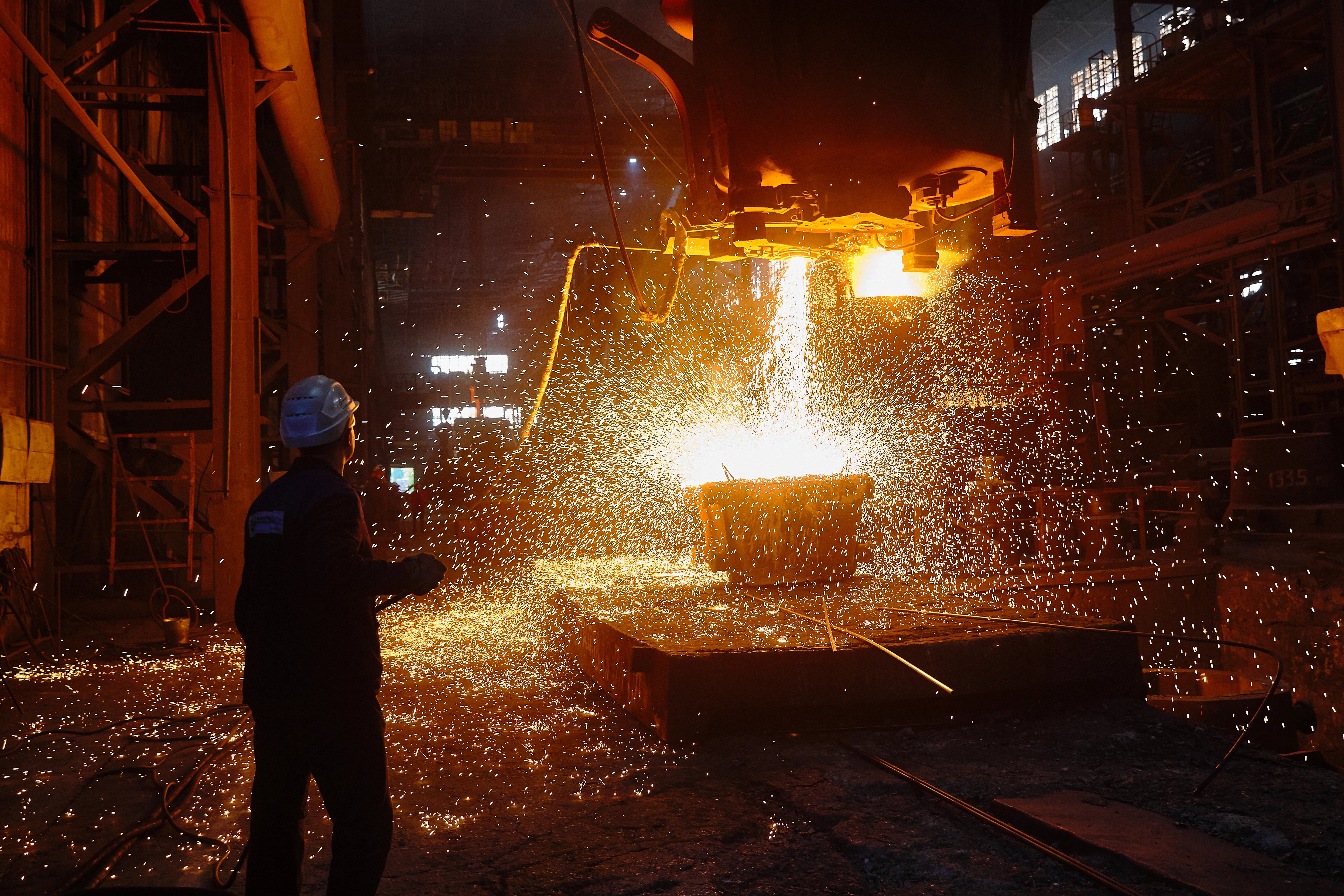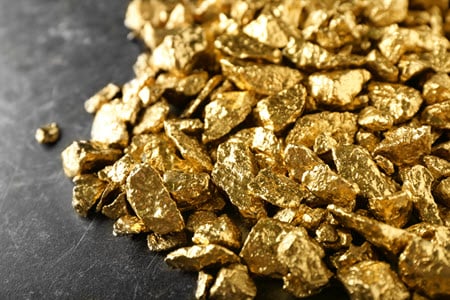A three-month extension to the DRC’s cobalt export ban has triggered a muted price response, but key questions remain. Can Chinese refiners cope with tightening supply? Will export quotas follow – and if so, how large will they be, and who will get what?
DRC extends export ban by three months amid high stocks
Four months after sending ripples through the cobalt value chain, a three-month extension has been announced to the DRC’s export ban. The decision, confirmed by the country’s ARECOMS authority, cites persistently high stock levels and may keep market participants in limbo until 21 September 2025 – though an update on whether the ban will be lifted, modified or extended could come sooner.
Despite some similarities, including CMOC joining ERG and Glencore in declaring force majeure, the price reaction has so far been more subdued than during the initial ban. Price gains across spot and futures markets have mostly remained in the single digits, reflecting the market’s anticipation of a one- to two-month ban extension. Nevertheless, cobalt prices are all up more than 50% on pre-ban levels, with metal and hydroxide at their highest registered since late 2022. The cobalt hydroxide payable is currently trading in China (CIF) at 76% of the European metal price, which is at $15.50 /lb. The Co sulphate discount to European metal narrowed to around $2.50 /lb as of mid-June.
What has been the impact so far?
Though prices have surged, the DRC’s export ban has had a limited impact on mined output, given the byproduct nature of supply. While some smaller producers have reduced utilisation rates or curtailed cobalt output, this has been somewhat offset by the world’s largest producers, who are less able to alter mine plans. CMOC increased cobalt production by 13% y/y in 2025 H1, while Glencore’s output rose by 50% in 2025 Q1.
So far this year, we estimate that ~80 kt Co of stock build has occurred in the DRC, with satellite imagery confirming that on-site storage of hydroxide bags is a growing concern. However, profitability has improved sharply, and CMOC’s cobalt gross profit margins exceeded 60% in 2025 Q1, while Huayou cited the export ban as a key driver of its 60% profit increase in 2025 H1.
The impact on Chinese refiners has been more profound. While cobalt tetroxide output rose by 14% YTD through June – amid demand frontloading and improved margins – cobalt sulphate production has fallen to its lowest level in over four years, following an initial spike. Chemical refiners are increasingly utilising secondary feedstock, and cobalt metal utilisation rates have dropped significantly – from ~90% to ~45% – reflecting a greater dependence on third-party feed and reduced profitability. Nevertheless, Chinese cobalt metal stocks are still abundant, estimated at 12 kt.
Much like the price reaction, investor sentiment has been less strongly impacted than in the month following the February announcement, which triggered a rapid short-covering rally. Despite the three-month extension, investors continue to open new short positions, resulting in a net short stance.
Destocking and price volatility: What next in 2025?
Using trade data and our understanding of cobalt intermediate consumption in refining, we model how Chinese intermediate stocks are likely to evolve in the coming months. Between January 2024 and February 2025, we estimate that Chinese cobalt intermediate inventories grew by ~5 months’ of consumption, which we assume as our starting stock level. From March to May, stocks grew by nearly another month, given that it typically takes three months for material leaving the DRC to arrive in China.
Chinese stocks, estimated at 85 kt Co by end-June, have now finally started to draw down. Assuming that the three-month extension goes to completion, then little material that is currently sitting in the DRC will reach China by year-end. Despite the continued stock build during the first phase of the ban, the market saw a strong price reaction, driven by speculation, short-covering and limited spot availability. Given that Chinese intermediate stocks could run as low as three months of consumption by year-end, spot availability will be almost zero, prompting greater price volatility.
While cobalt chemical refiners typically hold two to three months of feedstock inventory, curtailments are already occurring, and market participants are now assessing how supply tightness might be eased later in the year. Refiners have already turned to recycled feedstock, a trend that looks set to continue.
Black mass availability in China should increase from August onwards, as restrictions on minimum cobalt-nickel contents in imports are relaxed. However, just how impactful this might be for the cobalt market remains uncertain, as restrictions on maximum fluorine content remain in place, along with export constraints from key markets such as the EU.
Cobalt powders, briquettes or even cathode could also emerge as potential feedstock for chemical refiners. We understand that Taiwanese converters have tentatively increased procurement activity – unsurprising given that April saw metal-to-sulphate premiums at their lowest levels since 2022 – before rising again through to July. Dissolution could provide a pathway to drawdown abundant metal stocks, though adoption and scale will depend on the demand outlook for the remainder of the year.
The DRC’s export ban, plus US tariffs, are understood to have led to frontloaded demand in 2025 H1, particularly from the consumer electronics market. This, combined with a traditionally weak period for EV demand and stubbornly high ternary pCAM stocks, could dampen real cobalt consumption in the second half of the year.
Beyond the ban: What next for the cobalt value chain?
Understanding how the cobalt market landscape will evolve requires examining the motivations behind the ban. The DRC’s actions are reportedly driven by three key goals: boosting hydroxide prices, promoting domestic refining and improving regulation of artisanal and small-scale mining (ASM). Cobalt, which is exported almost exclusively as hydroxide, remains a key revenue stream for the DRC – even though annual royalties have dramatically fallen since 2022.
As part of the ban, Entreprise Générale du Cobalt (EGC) plans to enforce a state monopoly on artisanally mined cobalt to promote transparency, safety and fairness. While ASM remains a critical income source for local communities, it is highly price-sensitive, falling from an estimated 11% of global supply in 2022 to just 1% last year.
With mined supply expected to continue outpacing demand for the next few years, market consensus is that export quotas are needed to support prices. At the 2025 Cobalt Congress, the DRC delegation suggested that such quotas would be allocated on a company-by-company basis, expressed as a share of capacity or historic production and adjusted for various factors such as ESG performance and community value. Similar mechanisms have historically led to quota trading, as seen in the Chinese aluminium industry. Beyond price support, the DRC hopes quotas will encourage investment into further processing, though challenges around power stability and logistics will need to be overcome.
We anticipate that quotas will be most stringent initially, gradually easing as demand recovers. While there has no formal guidance yet, we expect that quotas will cover 60–70% of DRC output – equivalent to 10 kt/m Co. Such levels would result in a deficit next year, keeping ex. DRC stocks below three months of consumption throughout the forecast.
Assuming that only 60–70% of cobalt exports will be allowed, curtailments of Congolese cobalt plants are inevitable, ultimately sending cobalt-rich feed to tailings at existing operations. Today, we estimate that 80% of DRC Co production comes from the three largest producers – CMOC, Glencore and ERG – all of which produce copper as the primary metal and cobalt as a byproduct. This implies that even the largest producers would have to cut back on cobalt exports, ultimately affecting their bottom line.
To fully assess the financial impact of 60% cobalt quotas, it is essential to consider all copper-cobalt producers in the region. Two-thirds of the DRC’s copper production comes from mines that also produce cobalt as a byproduct. Therefore, the key question is how cobalt export restrictions would affect these copper-cobalt producers through a costs, margin and revenue perspective.
For 2026, CRU’s Copper Mine Asset Service estimates that the average net cash costs for these integrated Cu-Co assets, including royalties and byproduct credits, stand just below $4,000 /t Cu. This equates to robust cash margins of around 61%, assuming a 2026 copper price of above $10,000 /t. However, under a scenario where 60% cobalt quotas are implemented, our modelling suggests average cash costs would increase to around $4,750 /t Cu, reducing margins to approximately 53%. While this represents a measurable impact, these producers would still be operating comfortably within a healthy margin.
In revenue terms, applying a 60% quota would see total net revenue for DRC Cu-Co assets fall from an estimated total of $33 bn to $31 bn in 2026. Therefore, the impact is notable but unlikely to put large-scale operations at financial risk. The bigger question is how such quotas could impact the economic viability of future projects, especially projects which are heavily weighted toward a cobalt revenue stream.
If you are interested in hearing more about the cobalt or battery markets, please get in touch or click here to learn more about CRU’s Cobalt and Battery Value Chain Services.




